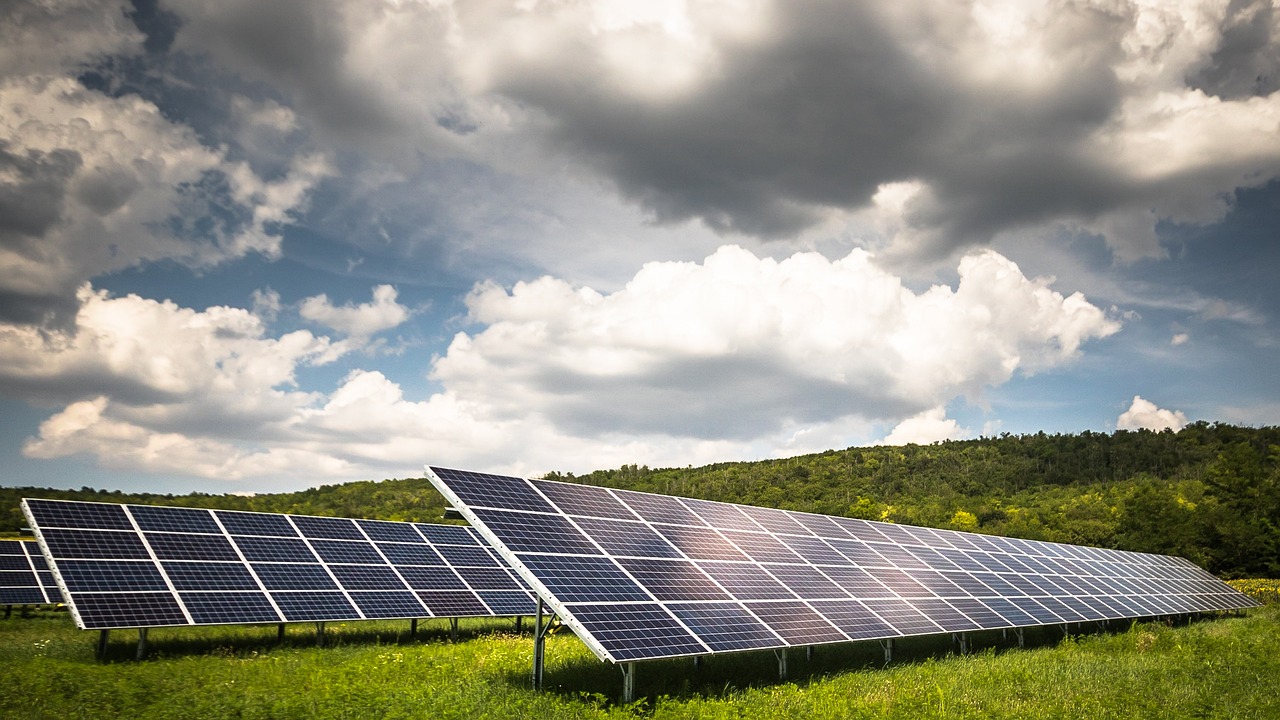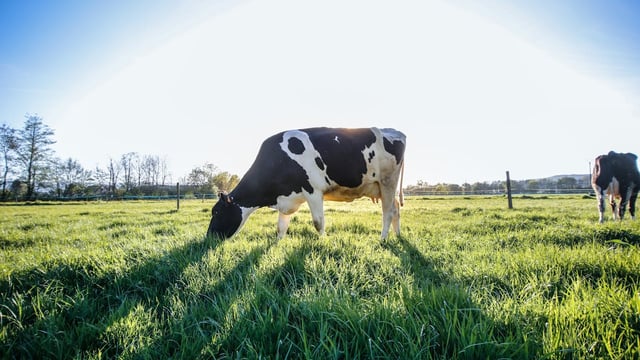EPA: Agriculture to 'exceed' emissions ceiling for 2025 and 2030
The Environmental Protection Agency (EPA) has today (Tuesday, May 28) published its greenhouse gas (GHG) emissions projections for the period 2023-2050.
It confirmed that "almost all sectors are on a trajectory to exceed" their national sectoral emissions ceilings for 2025 and 2030, including agriculture, electricity and transport.
However, the EPA research has shown that the total emissions from the agriculture sector are projected to decrease by between 1% and 18% over the period 2022 to 2030.
The EPA projected these reductions from a variety of measures, including limits on nitrogen (N) fertiliser usage, switching to different fertilisers and bovine feed additives.
The agency analysis showed that the higher emissions reduction scenario "assumes that most of the measures" outlined in Climate Action Plan 2024, AgClimatise and the Teagasc Marginal Abatement Cost Curve (MACC) are in place.
The EPA confirmed that Ireland is projected to achieve a reduction of up to 29% in total GHG emissions by 2030, compared to a target of 51%, when the impact of the majority of actions outlined in Climate Action Plan 2024 is included.
Director general of the EPA, Laura Burke said: “The EPAs projections show that full delivery of all climate action plans and policies could deliver a 29% reduction in greenhouse gas emissions.
"This is well short of both our European and national emission reduction targets and highlights the scale of effort required to achieve the required reductions across all sectors of our economy.
"The key priority must be to translate the aspiration in our policies and plans to implementation on the ground," Burke added.
Ireland’s 2030 target under the EU’s Effort Sharing Regulation (ESR) is to deliver a 42% reduction of emissions compared to 2005 levels by 2030. This target was set in April 2023 upon amendment of the ESR.
The projections show that Agriculture and Transport combined form the majority of ESR emissions in 2022 (78%) and 2030 (80%).
The first two carbon budgets (2021-2030), which aim to support achievement of the 51% emissions reduction goal, will not be met, according to the EPA, and are projected to be exceeded by a significant margin of between 17% and 27%.
Land use emissions are projected to increase between 23% to 99% over the period of 2023 to 2030, as Ireland's forestry reaches harvesting age and changes from a carbon sink to a carbon source.
Planned policies and measures for the sector, such as increased afforestation, water table management on agricultural organic soils and peatland rehabilitation, are projected to reduce the extent of the increase.
Emissions from the transport sector are projected to reduce by 26% over the period 2022 to 2030 if the measures set out in plans and policies are implemented.
These include over 940,000 electric vehicles on the road by 2030, increased biofuel blend rates and measures to support more sustainable transport.
EPA analysis has shown that road freight is projected to be the biggest source of road transport greenhouse gas emissions by 2030.
Driven by a reduction in fossil fuel usage and increased net importation of electricity from interconnectors, there was a marked drop of almost 24% in emissions from electricity generation between 2022 and 2023.
In combination with planned increases in renewable energy generation from wind and solar, energy sector emissions are projected to reduce by 62% and achieve over 80% renewable electricity generation by 2030.







